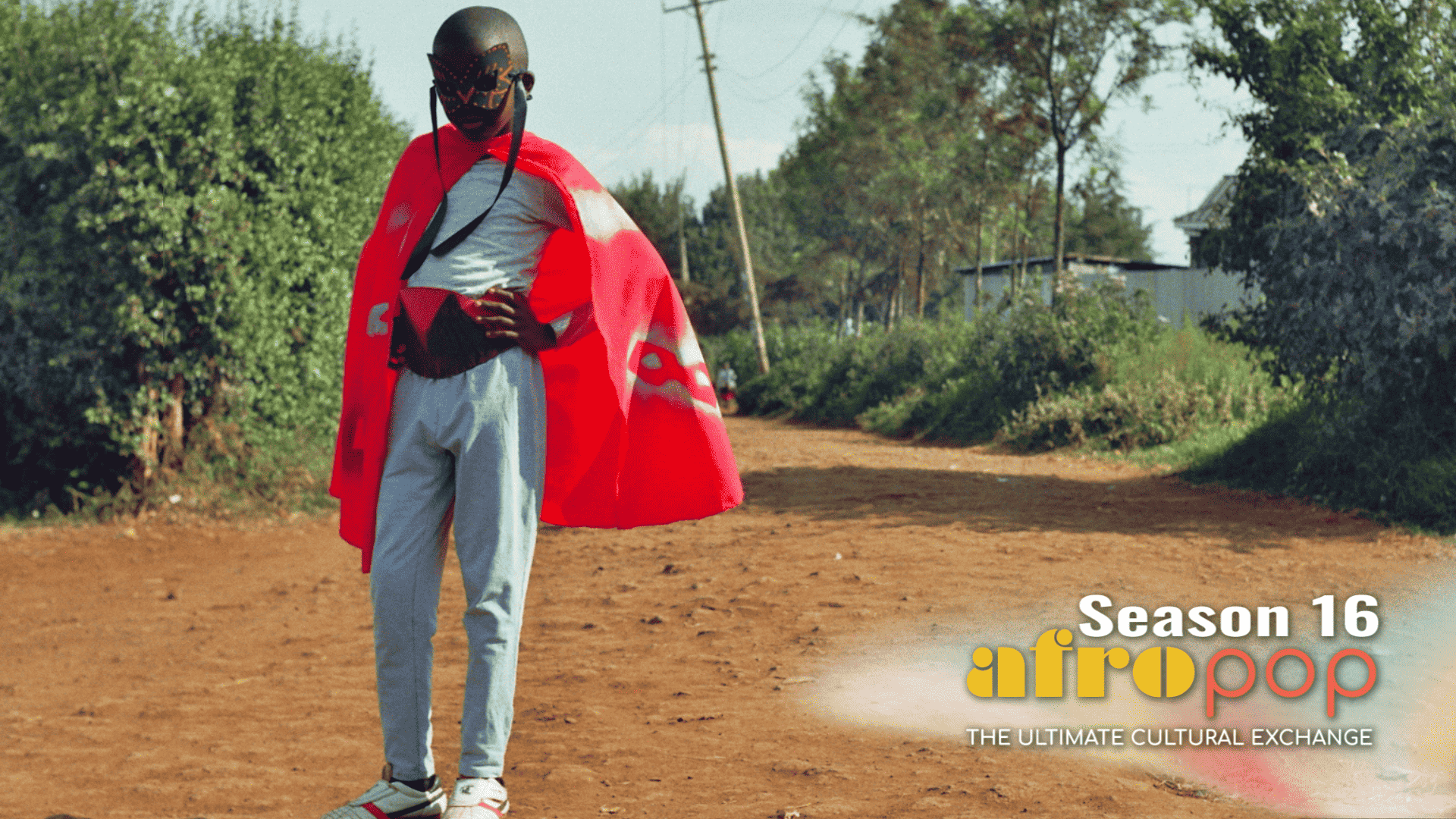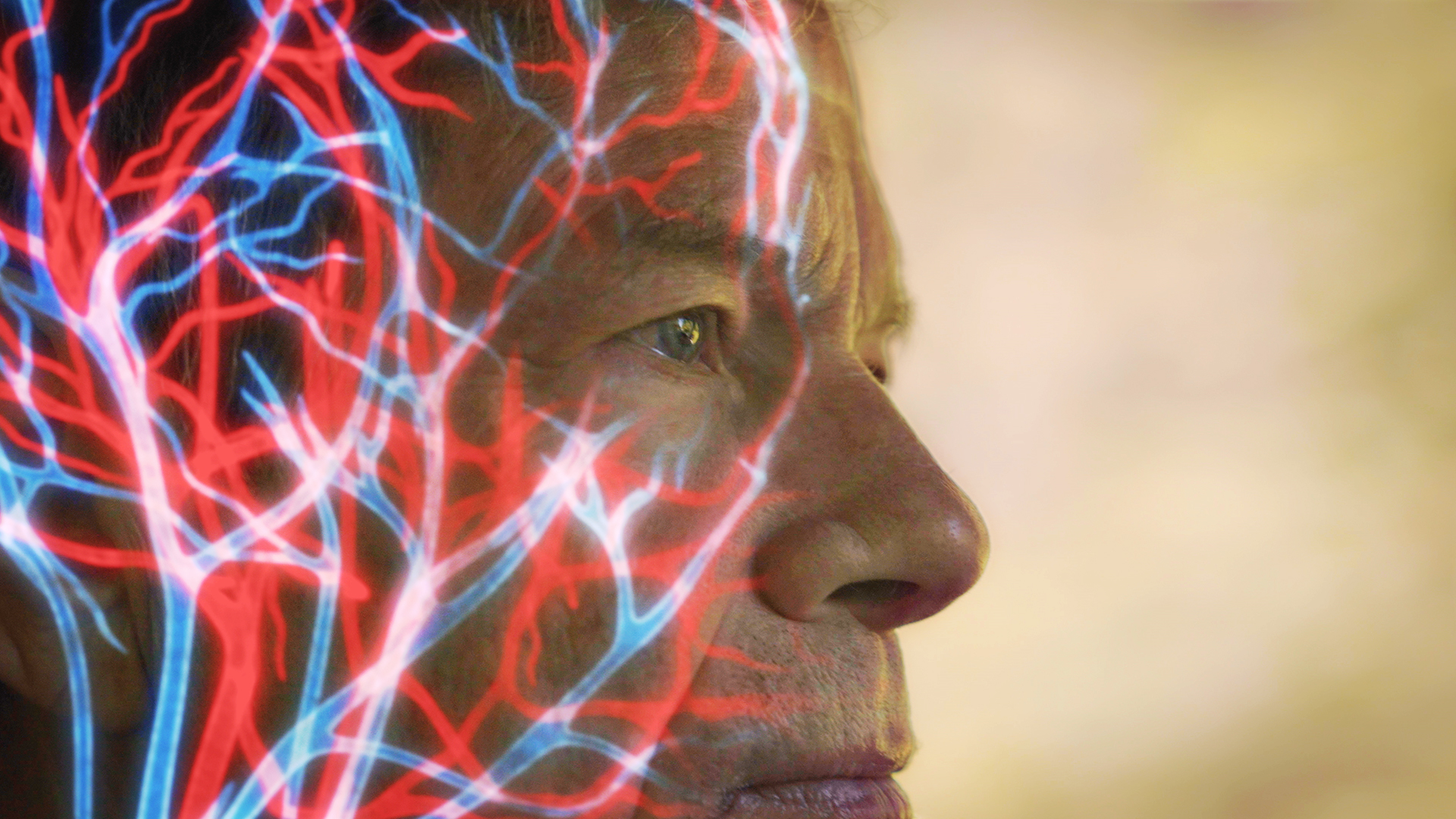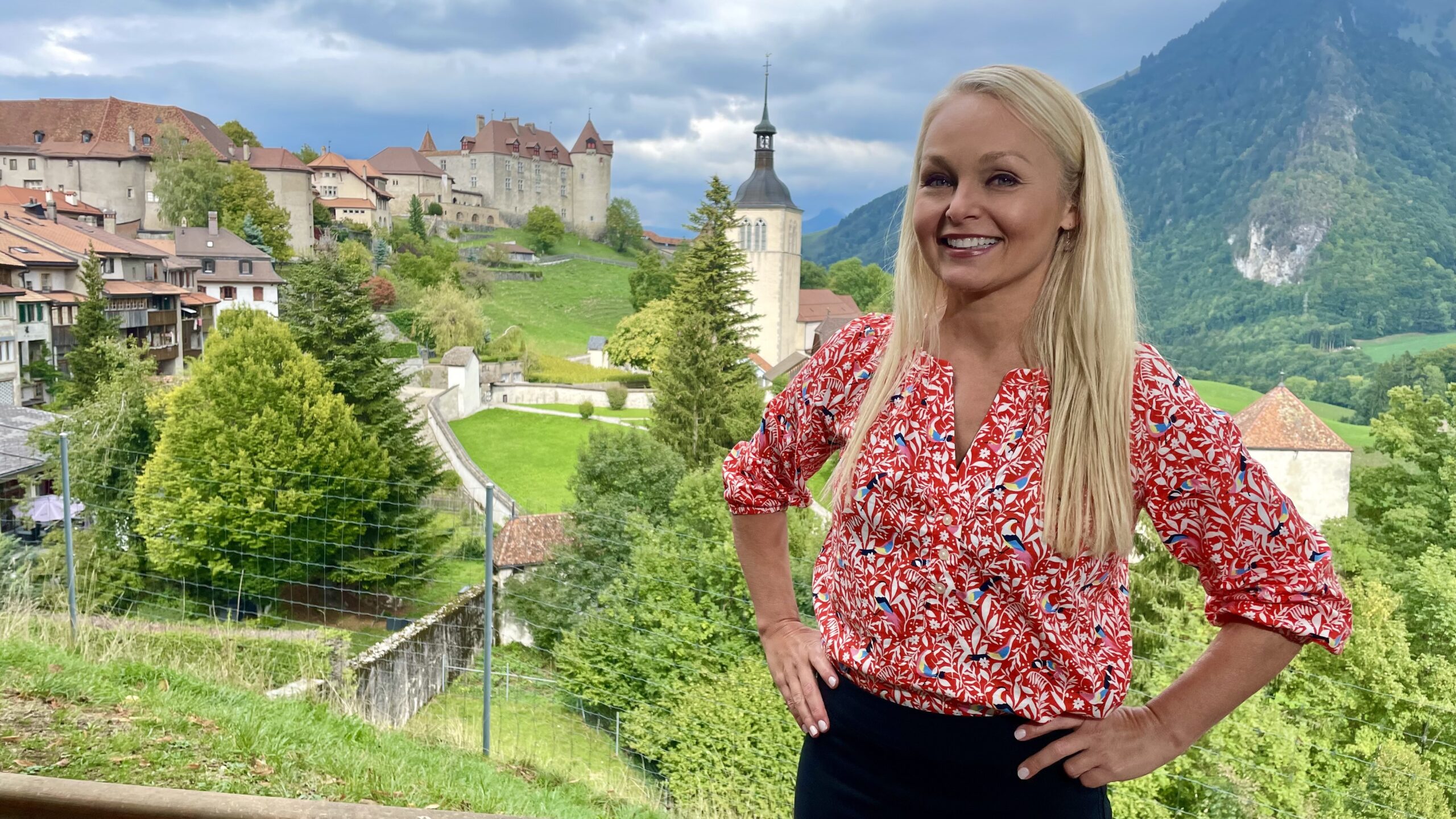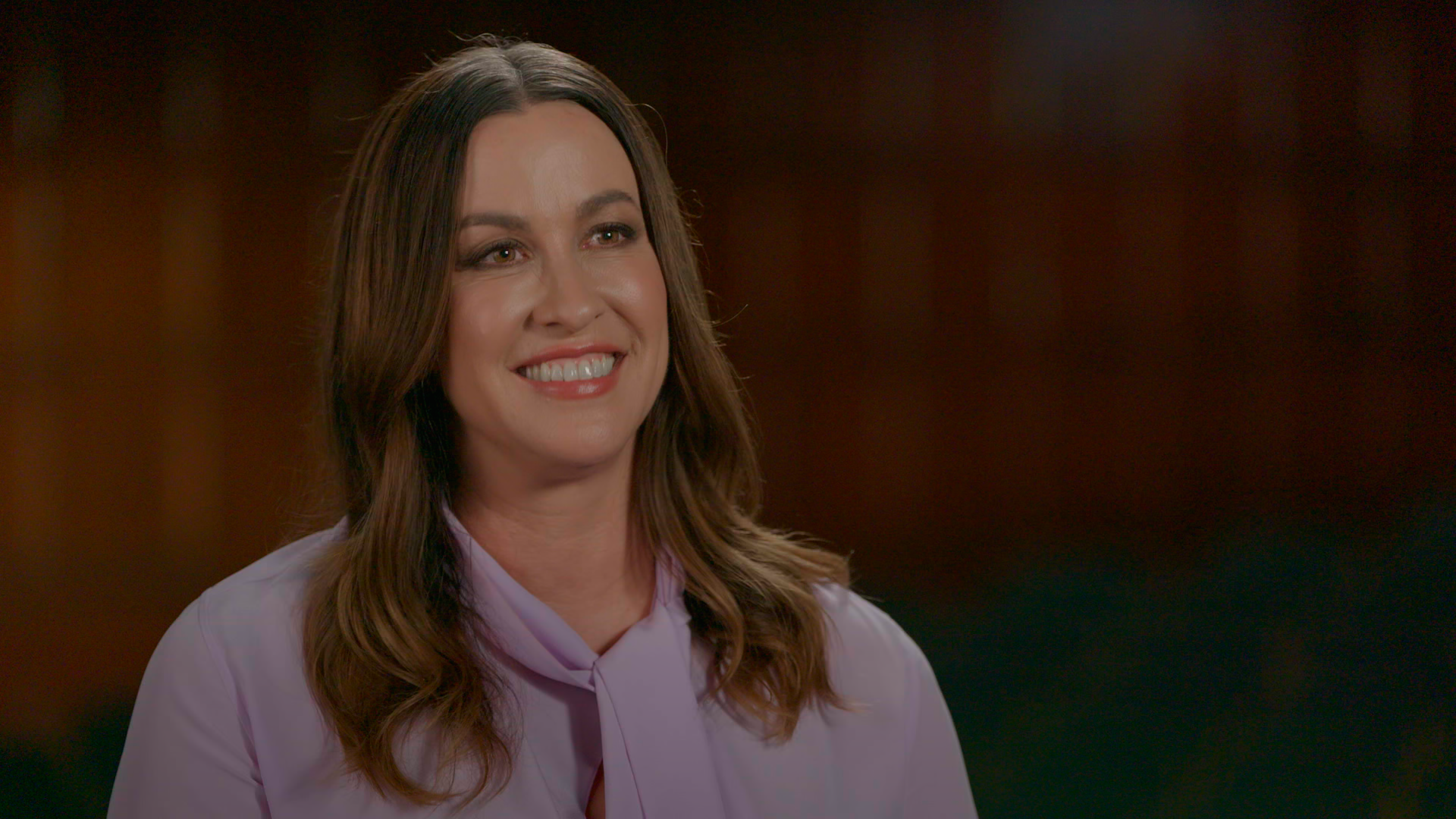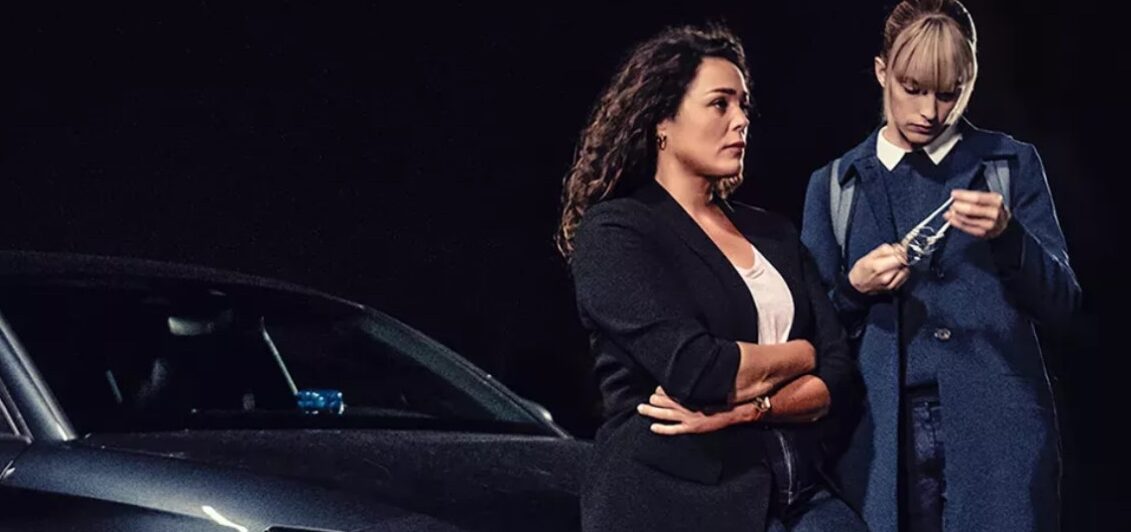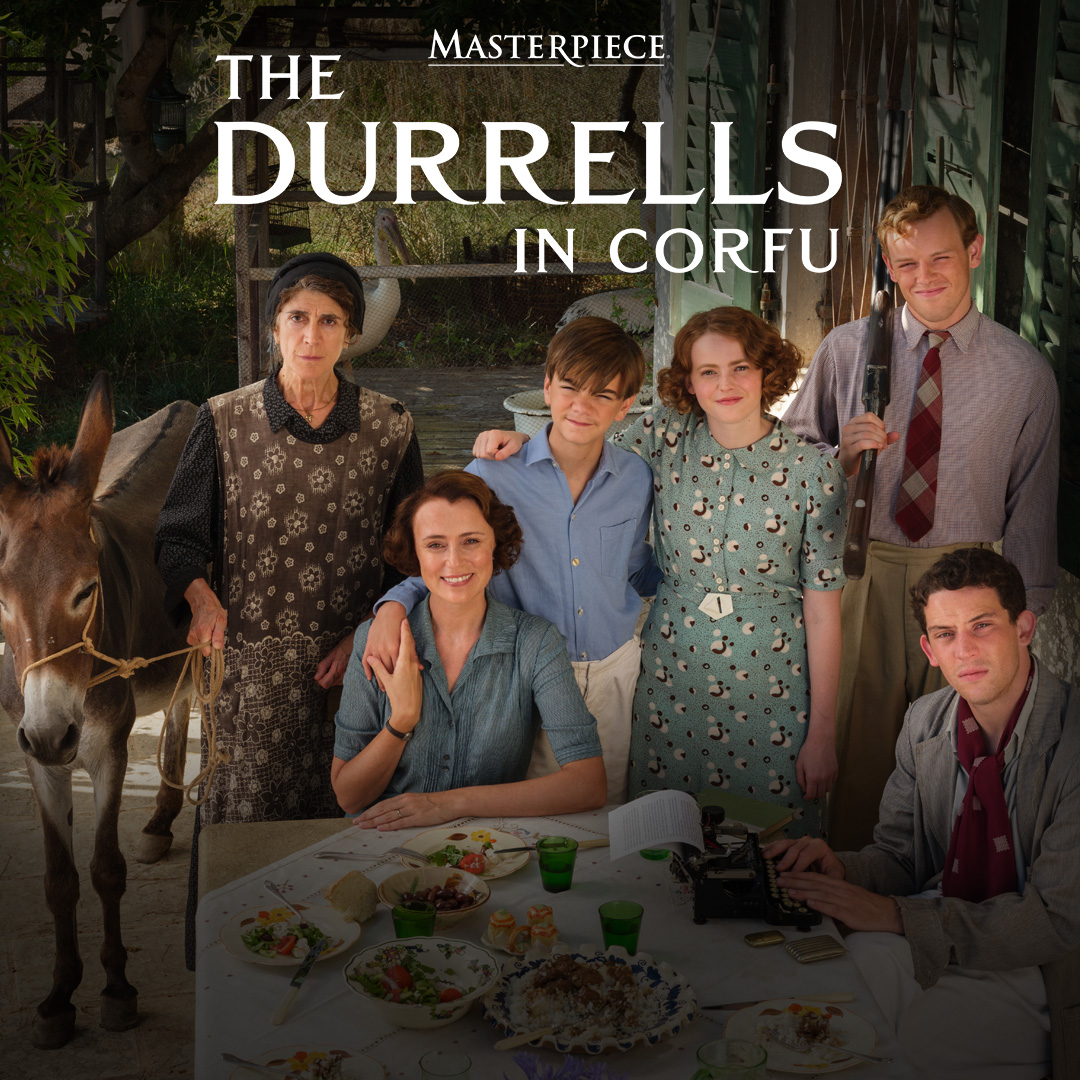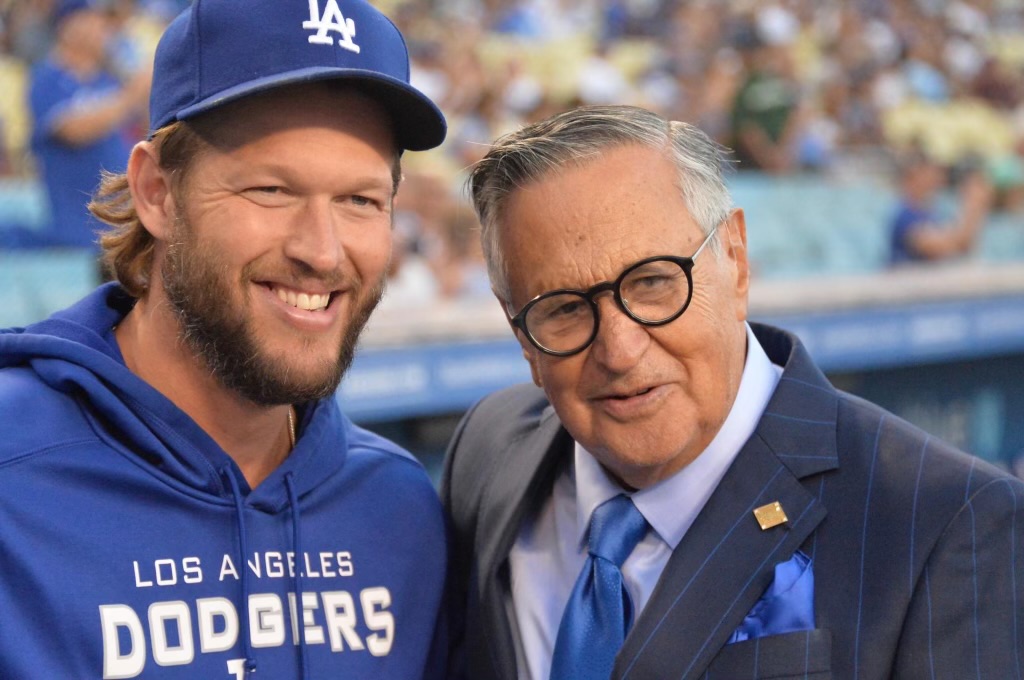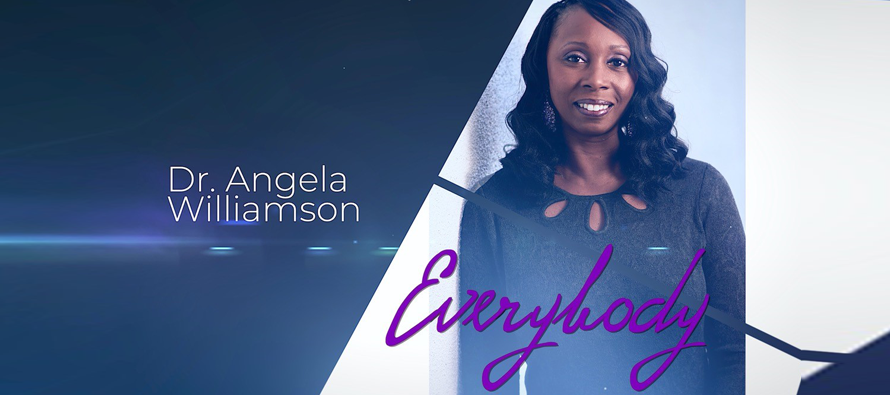As longtime PBS viewers have settled into the changes at “America’s Test Kitchen” and the recently Emmy-nominated “Cook’s Country,” we’ve gotten to know one half of female co-host duo of Julia Collin Davison and Bridget Lancaster, with Julia as our past Celebrity Chefs Corner interview, it’s now Bridget’s turn to tell us how she likes her role as host, her Julia Child stories, favorite places to dine in Los Angeles, and the company’s new podcast.
As a longtime viewer of “America’s Test Kitchen,” at first it was a bit of an adjustment to see not only a change in hosts but two hosts now, how was the adjustment for you from supporting player to one of two hosts?
Up to that point I’d been on for 17 seasons as a test cook, so moving into host role, it was challenging, I was very excited to do it. I think what’s surprised me is how much I’ve enjoyed seeing the people move into the role that I used to play and watching them grow. The star of that show is the food, the recipes, the method, it’s how we test things, and we are just there to present it so that people can hopefully take home some information back to their own kitchen and use it there. So it’s so exciting to see, especially if one of the test cooks has actually been the one to develop that particular recipe to be able to present it. I get a little bit of a mother-hen thing.
What’s your favorite part of your job now?
One of my favorite parts is shaping the episodes once we come up with the line-up. It’s something that I wasn’t too much a part of before, but really making sure that we are going, almost on a microscopic level into the recipe, and learning about why specific things are happening and finding new ways to present that; whether it’s in a science graphic, or maybe the host’s role where we turn to camera and we pull out this ingredient or this method and discuss a little bit more about why it works. I think it’s nice, it has a little bit more of a global arc in the show, a little bit more of a global role in that way, rather than the test cook role that I was in for years. Now I’m almost advocating on behalf of the viewer, so I get to ask those questions.
Do you have a favorite dish in this current season or in general on the show?
I think you all are seeing Season 19 now, there was an episode where Julia and I each got to pick a recipe from all of our archives from anywhere in the company that we had never put on TV before, but that we actually make at home. And that episode is called “Cooking at Home with Julia and Bridget.” There are a couple dishes. There was one that Dan Souza made for me, it was the one-hourpizza and I love that one because I didn’t think it could work. Can you really make great pizza in an hour? And he showed me. The other one that I love, I always love cooking with Becky. It’s so funny, people think that I’ve never even seen a vegetable in my life. It’s not true, I grow vegetables in my garden, I love them, I cook with them all the time. My problem with vegetables is we tend to, as a society, glom onto one or two of them, then you’ll find it everywhere and then you’ll get sick of it. Kale is an example for me, I’m a collards girl and I was always like, “Why aren’t we adding collards to everything?” Becky always shows me a recipe that is similar to something that I make, but with a new method or flavor, so we did Harira, that Moroccan lentil soup. I’ve made lentil soup for as long as I could remember. But this had cinnamon, and coriander and chilis and swiss chard and it was such a refreshing take. Becky always teaches me something every time we’re together.
Speaking of Becky, will there be more avant-garde recipes like cauliflower pizza, in the future?
There’s always stages of these “new foods” that come into our realm. Sometimes they start off as part of a diet and they become mainstream. I go to a restaurant nowadays and it might be hard to find actual mashed potatoes instead of cauliflower mash, it seems like cauliflower mash has taken over. (laughs) It’s like the stages of grief, we go through the stages of food and then it’s total acceptance into our realm, and we’re always on the lookout for more things. People are more and more curious about cooking. We’ve always been pretty curious, we love our gadgets, so sous-vide went from a restaurant application into the home. People are cooking everything sous-vide these days, and it’s a fun time to be in the kitchen.
So far everyone’s had a Julia Child story, do you?
I have a few. (laughs) I met her a few times. Before I worked at Cooks Illustrated, the magazine under America’s Test Kitchen, I worked for Williams Sonoma. The store that I worked in, we were in charge of procuring and delivering and then picking up a lot of the kitchen wares that she used on her various shows. So we would get all the equipment together and we would deliver it to the house in Cambridge and help her set up and pick up that equipment. We couldn’t sell it after she was done with it, so in my kitchen right now (laughs) I use Julia Child’s rolling pin and I have Julia Child’s truffle shaver. I think I’ve used it once at my own house. Another thing that I was in charge of at the store, I had to help out with celebrity cookbook authors that would come in. And Julia Child was scheduled that day, but there was a huge ice storm here in Boston, so one of my coworkers and I had to go and pick her up in Cambridge and her driveway was sheet of ice; Julia was an incredibly tall person and I am nowhere near that tall, it took both of us, we were gingerly holding her across this ice skating rink, and every step, all I could think of was “I’m going to be the person that America hates because I will have let her fall.” But we got her there safely. She also came to a restaurant when I was working with my husband, I was the pastry chef, and he was the exec chef at a restaurant in the theater district. And she came by there and she asked to meet the chef and my husband came out and he’s from Scotland, and she could not understand a word he was saying. It’s pretty common actually, I always joke that I had no idea we were married for the first two years. And then she came to the set in the early days of America’s Test Kitchen, which was such a delight and her being there was part validation, part excitement. And the motivation that it brought forth. Just remembering, “Oh right, a couple years ago I was a test cook at a magazine and before that I was a pastry chef and then all of a sudden, I’m on a TV show for PBS and wait a minute, she’s here, she’s the reason that I started cooking in the first place.” So, it was just a full circle moment.
You can tell that you enjoy your job. Do ever just pinch yourself you get to do this for a living and follow in those footsteps, educating people, cooking on TV?
You would think at some point it would become humdrum or boring. But sometimes when I explain to people what I do for a living, I still catch myself, “Is that real? Do I actually do that? That can’t be real, that sounds too good to be true.” It’s an amazing job and it got even better as we’ve been able to go out on the road and meet people. TV for the most part is a one-way venue, you don’t get to see the people, yet, on the other side of the screen, but the future is still open on that, right? Getting to hear back from people is just amazing. Food is one of the few things I think, it doesn’t matter who you are, where you come, what you think, it’s a commonality that we all have and it’s a great place to find the things that we have in common, instead of the things that separate us. Not that I’m running for office or anything. (laughs)
KLCS has an afternoon block on Saturdays devoted to these shows, it’s such a guilty pleasure in this noisy world. Do you get a lot of similar viewer feedback in terms of these shows now for people?
I would say especially the public television cooking shows seem to be a moment to pause and at the same time it’s almost a reminder of real life in a way. Like, this is food, this is what we do, we feed our families, we feed ourselves. It’s a reminder of what’s really important at certain points in our life, and that a lot of the other stuff is just noise. So whether it’s “This Old House,” which I don’t think I’ve ever missed an episode of, or a cooking show, or just about anything else, I think PBS is this moment to take a breath, pause, enjoy yourself, relax for a moment, it’s going to be ok because we get to cook and we get to be with friends, and maybe we get to build a house, whatever it is, it’s real life. It’s the original reality television, not the non-reality television. (laughs)
Do you ever indulge and just Tivo a bunch of PBS cooking shows and watch them?
I absolutely do, and PBS shows or if there’s a “Great British Bake Off.” If I know there’s going to be a fundraiser and that’s going to be on, that’s automatic. I could watch that ten times over and repeats of it. It’s another one of those moments where it’s like, “Ok, just relax, listen to the British accent, I’m going to be fine, I’m going to learn something new.” On the PBS channel, if they would be having a fundraiser, so it would be an afternoon of “Great British Bake Off” and I’d be all set.
What’s the most popular question you get?
It’s either, “What’s my favorite food?” which is really difficult, and “Are my kids picky eaters?” That’s a really good one. And, yes they are. Incredibly picky eaters. I think it’s some sort of revenge that my mom has placed as a sort of curse (laughs) to get back at me for what I put my poor mother through. I was an extreme picky eater as a child, I would try to find every spec of green in a recipe, like tomato sauce and I would move it out of the tomato sauce, so it’s a joke in our house, how I eat now, which is everything. I’ve come around. I do believe that kids develop taste buds at different ages, so certain foods are going to taste more bitter to kids at one age over another. I also think that sometimes the food is just not the right time to enter that person’s life, so we’ll try again. Some of it (laughs) more patient maybe than mom was, bless her heart. And it’s good to have a handful of recipes that you fall back on that makes the whole table happy.
With two chefs in the house, your kids are picky eaters?
It’s the cobbler’s children have no shoes. (laughs) I don’t know if they’re pickier than other kids. I have a teenager who’s coming out of it and he’s definitely more adventurous at this stage of his life, he was less so when he was younger. I worked a little bit with food chaining, you have a food the child is familiar with and then you somehow change it a little bit. So, they love French fries, but they don’t like roasted potatoes, so the end goal is getting French fries towards roasted potatoes so you change the shape or seasoning and you eventually get there.
So oysters on the half shell is out for the kids, right?
(laughs) I would have to call it something completely different. Not at this point. Then again, that’s more for me.
Since you’ve been at America’s Test Kitchen, the TV world has changed so much, what keeps it fun for you?
I think every year the concept of home cooking stays the same, it’s food that you can make for yourself, your family, your friends. That stays the same, but what’s new is the American character is changing, the “home cooked” food is changing. The ingredients, the availability, the stories behind it and we touch on that in “Cooks Country” a little bit more sometimes than we do on “America’s Test Kitchen,” the immigrant stories, the regionality of certain foods, and I find it fascinating. And as we get to be more connected and you can look up a restaurant menu in the middle of Iowa, if you want to see what they’re doing. As we know more, we’re more curious. If you’d ask me about 15 years ago have I seen it all, I might have said, “Yeah.” When I was in restaurants, fusion cuisine was the big deal, where it was eight different flavors on a plate, it might’ve been a mistake. Instead of mashing everything together we’re really celebrating each part of these newer flavors that are entering our everyday lexicon. And it’s really, really exciting. Some things were always here. I would say Massachusetts and California are going to have very different stories about the timeline of when certain foods became mainstream. Fifteen years ago, it was difficult for me to find ‘masa harina’ at the supermarket, now it’s not. I think that was because it was a Northeastern location here. It’s the main ingredient for corn tortillas, so the southwest, California, the West, you guys probably have been sitting on that product for years. So, I think it’s just that we’re always changing and I’d never know it all, I haven’t learned it all and I want to learn everything.
When you’re in L.A., do you have any favorite places to dine or food shop at?
I love Grand Central Market, that place, I could just get lost in. I try to mix it up every time I’m out there. I’ve gone to Animal, I love that. I’m kind of infatuated with Los Angeles and Hollywood, the nostalgia of it, so I try to find a historic restaurant and also eat there, so something like Pinks, Norms, the Polo Lounge, I’ll mix that in. I love the old Googie architecture like Pann’s. I was at Dan Tana’s.
For those of us who watch both shows religiously, is there anything you want to tell want to tell viewers?
We’re getting ready to record our 20th season, which is very exciting, of “America’s Test Kitchen,” and we’re also taping a 20th anniversary special, people should be on the look-out for that. Our new podcast “Proof,” it’s not related to either of the shows, it’s from “America’s Test Kitchen” the company, but what it is it’s not a cooking podcast, it really is about food curiosities. We have one season that’s out there and we’re gearing up for Season Two. Season One, being around food people, you hear these stories or these assertions and you’re thinking “Can that be true?” Somebody came to us and told us that once upon a time celery was the kale of its day. It was through research and we went down the celery rabbit hole and we found out that at one point celery was more expensive than caviar on New York City menus. We also learned about the grain bowl culture, trying to find out where did that all come from? Why did everybody start wanting to eat everything in a bowl? (laughs) And what does that say about us as a society? I always joke that my dog has been ahead of the curve for years on the whole eating out of a bowl thing. It’s these little food curiosities. We found out the Mai Tai was invented in Oakland, California, and not in somewhere a bit more exotic and we wanted to know that story. We almost take a true-crime aspect of this, this really investigative, heavy look into these curiosities. I’m a food nerd, so this is the kind of stuff I live and breathe.
Is there anything you want to add about “Cook’s Country?”
“Cook’s Country” is my heart, I love that. I got there at the beginning when we started the magazine and I feel like it’s one of my kids. It is something I’m so proud of, the way it feels, it really is about friends getting together and cooking. And we’re up for an Emmy this year, for “Outstanding Culinary Program.” It’s the second Emmy nomination for “Cooks Country,” I think “America’s Test Kitchen” has been nominated three times. So we’re excited about that, hopefully we’re all going to head out there for the Daytime Emmys.





